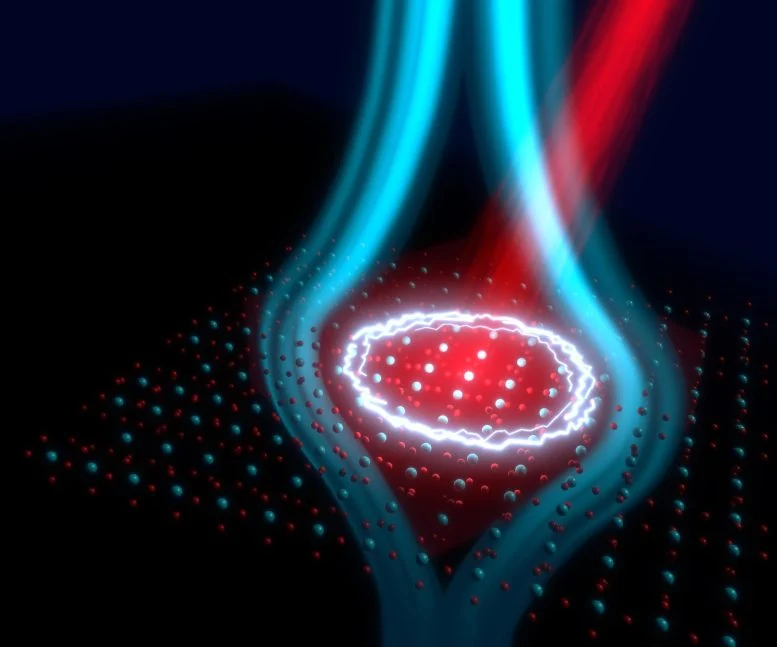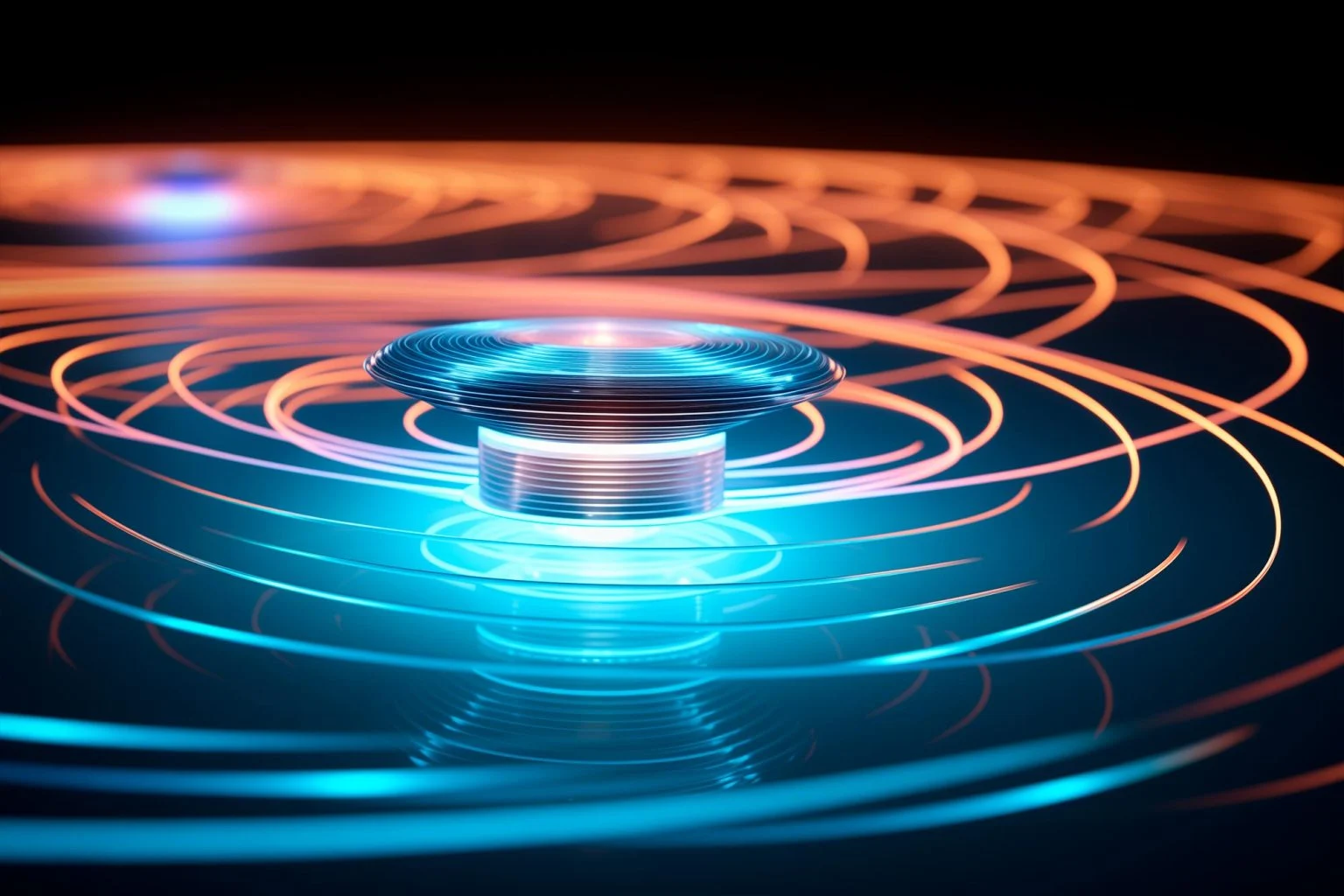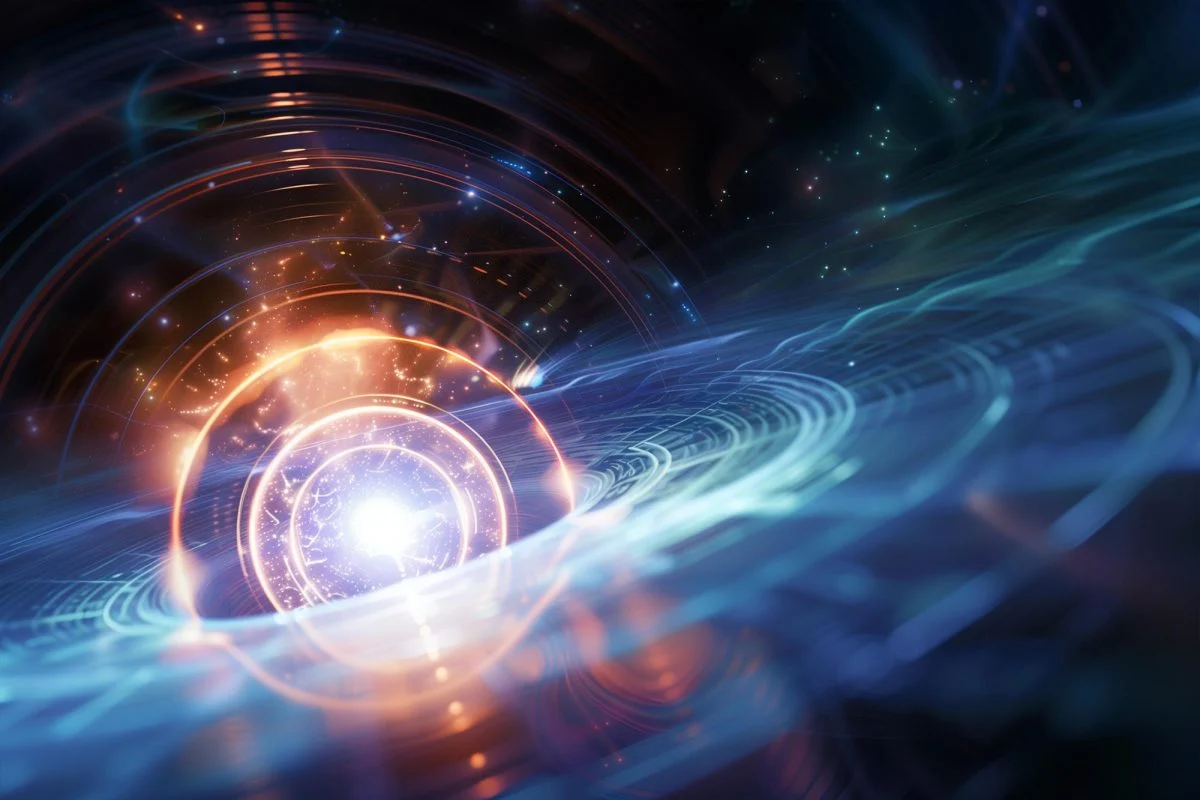"An ultra-rare particle decay process could broaden our understanding of how the building blocks of matter interact. Credit: SciTechDaily.com" (ScitechDaily, CERN’s Game Changer: Rare Decay Observation Hints at New Physics)
"CERN scientists observed a rare kaon decay into a pion and two neutrinos, a significant find confirming predictions of the Standard Model and hinting at possible new physics."(ScitechDaily, CERN’s Game Changer: Rare Decay Observation Hints at New Physics)
Mesons are unstable versions of hadrons. The most well-known stable versions of hadrons called baryons are protons and neutrons.
Kaon, or K-meson is one hadron. The mesons are another very unstable part of hadrons, and the reason for that is that mesons involve antimatter. Mesonic hadron involves a quark and its anti-quark pair. When particles in that particle-antiparticle pair touch each other. That causes annihilation. And the meson is destroyed. The problem is how to keep those quark-anti-quark pairs away from each other. The electromagnetic force pulls the antiparticle to its particle pair.
The pions are the lightest mesons. There is only one quark and antiquark in those particles. The pion is the thing, that can be stabilized if the system can put that particle to spin very fast. The idea is that the spinning movement or quantum centripetal force stretches the quantum field around those two particles. That effect should keep them away from each other. The other version is to use magnets to keep those particles away from each other.
"A hadron is a composite subatomic particle. Every hadron must fall into one of the two fundamental classes of particle, bosons and fermions." (Wikipedia, Hadron)
Dark energy may come from oscillating superstrings.
That thing can open a route to understanding what makes material. In some models, the elementary particles are hollow from the inside. That means the energy level in those particles' shells could be lower than outside. That means the particles are whisk-shaped structures and the outside electromagnetic- or quantum field keeps that structure in its form.
This explains the effect of annihilation. The opposite quantum fields push those superstrings away. Then the outcoming energy fields fall into the particle and then it pumps energy to those superstrings that collide. That effect makes those particles behave like vacuum bombs. And that thing can also explain part of the mysterious dark energy. In this model, dark energy is the wave movement the source is the oscillating superstrings.
The shell of the particle is formed of superstrings. Those superstrings are the particle's outer shell. And the energy waves that are leaving into particles reflect from the standing wave in the middle of them. That energy causes oscillation in the particle's shell. And that oscillation travels through the universe. I dare to say that this thing can be the source of dark energy.
And that decay can help to understand how particles and electromagnetic fields reached the energy level that made material in the form as we know it. In the young universe could be particles and particle pairs that don't exist anymore. Conditions were different in that very high-energy universe. And the difference between energy levels were not as high as they are today. The extremely high energy particles are things that tell their story about the era at the beginning of the time.
By the way...
Could there be annihilation in the young universe, where extremely strong outside quantum fields close annihilation radiation and product particles inside it? In the young universe, the energy level was higher than in the modern universe. But differences between energy levels were smaller than in our universe. And maybe that formed a situation in which particles and radiation couldn't escape from annihilation. That could explain where some particles went in the new universe.
Theoretically is possible to create the particle-antiparticle compound. But that requires situations where the outside energy field is so powerful that it can keep that annihilation radiation inside it. The particle-antiparticle compounds are not similar particle compounds. In that reaction, the annihilation melts those particles into new entirety.
This reaction is not possible in the modern universe, because quantum fields around those particles are too weak. The idea is that maybe in a very young universe, the energy level was so high, that outside the quantum field was so powerful that it could keep annihilation radiation and the particles that annihilation produced under one field. It's possible that in the young, high-energy universe were different types of reactions than in the modern cold universe.
https://home.cern/news/press-release/physics/na62-experiment-cern-observes-ultra-rare-particle-decay
https://scitechdaily.com/cerns-game-changer-rare-decay-observation-hints-at-new-physics/
https://futurism.com/the-byte/cern-particle-accelerator-kaon
https://en.wikipedia.org/wiki/Baryon
https://en.wikipedia.org/wiki/Dark_energy
https://en.wikipedia.org/wiki/Hadron
https://en.wikipedia.org/wiki/Kaon
https://en.wikipedia.org/wiki/Neutrino
https://en.wikipedia.org/wiki/Pion















